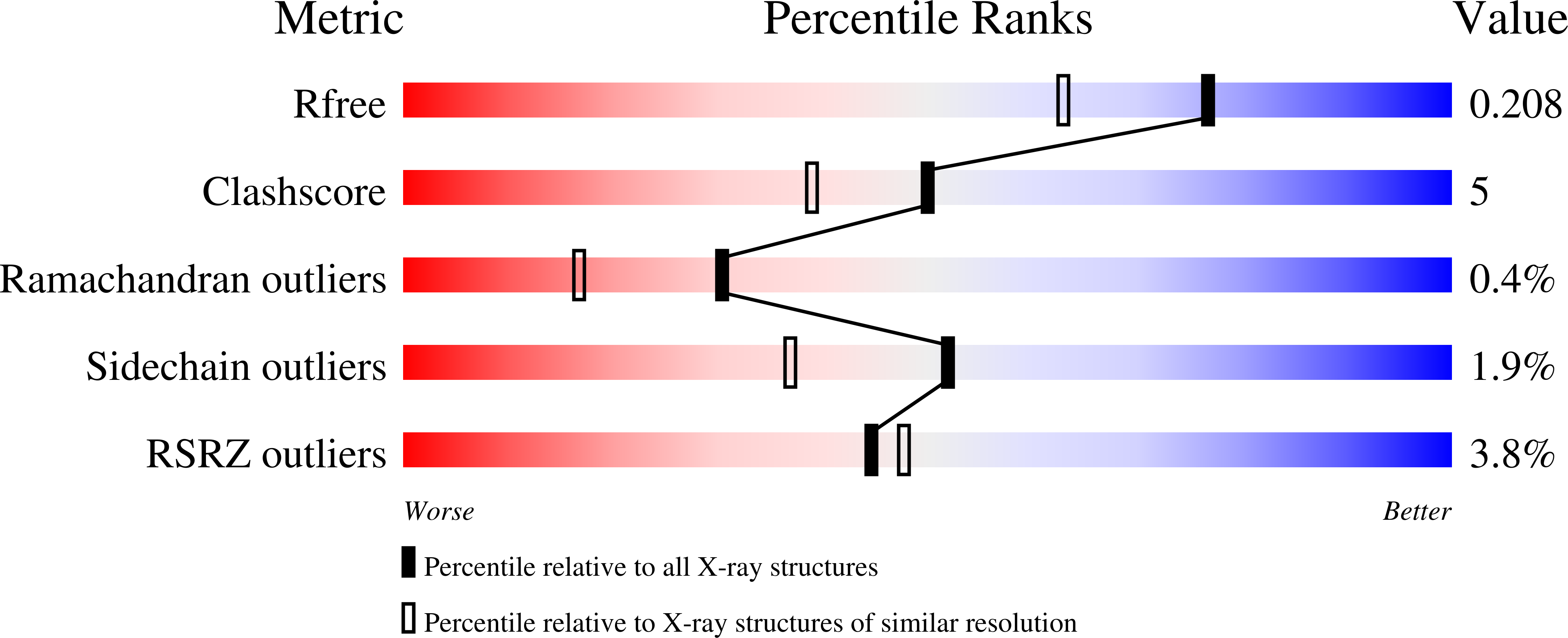
Deposition Date
2024-04-18
Release Date
2024-09-04
Last Version Date
2024-09-04
Entry Detail
PDB ID:
9F17
Keywords:
Title:
Crystal structure of N term His-tag Adenylosuccinate synthetase from Helicobacter pylori
Biological Source:
Source Organism:
Helicobacter pylori 26695 (Taxon ID: 85962)
Host Organism:
Method Details:
Experimental Method:
Resolution:
1.70 Å
R-Value Free:
0.20
R-Value Work:
0.17
R-Value Observed:
0.17
Space Group:
P 1 21 1


